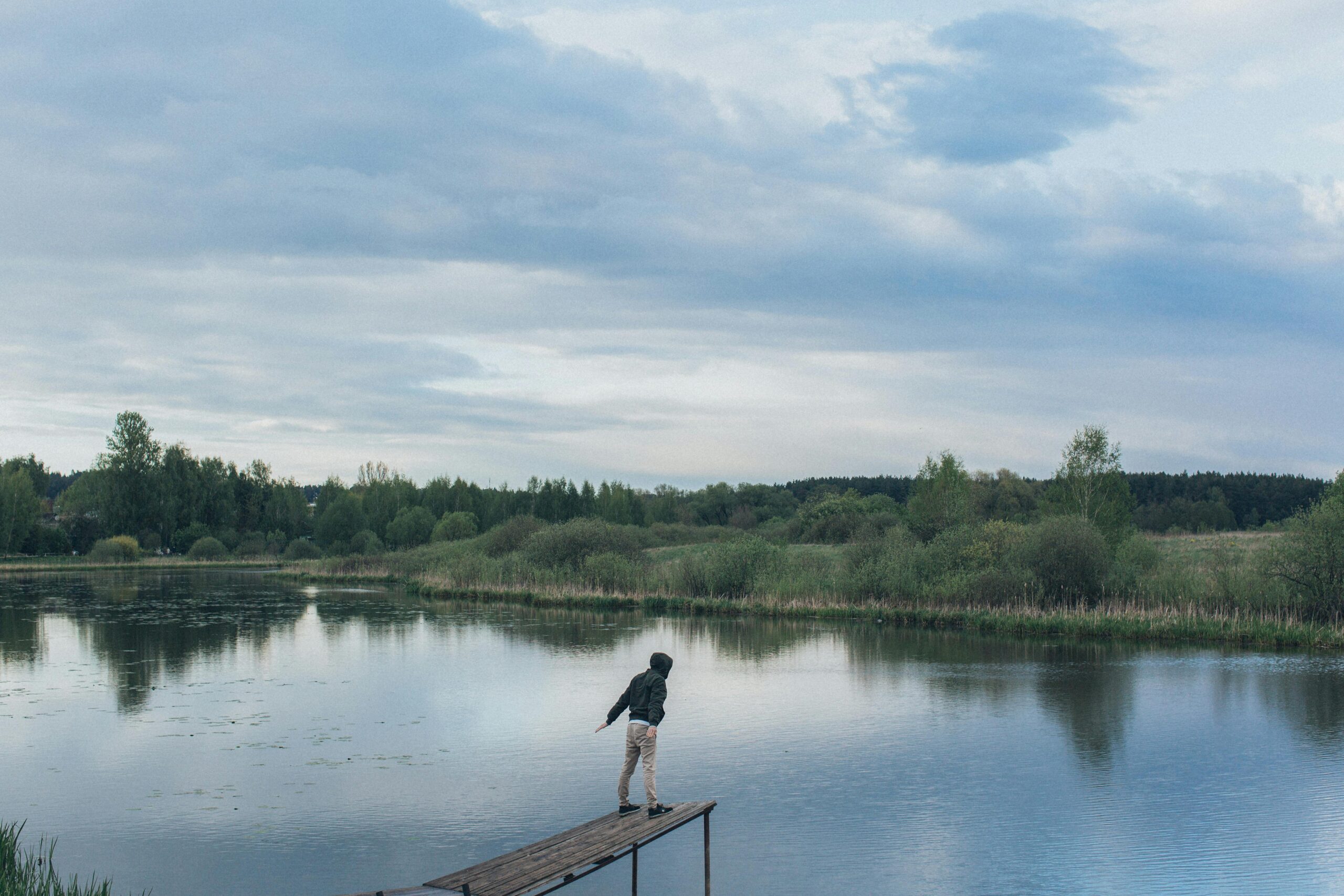Introduction
A backyard pond can transform your outdoor space into a serene oasis, offering a focal point for relaxation and attracting diverse wildlife. Building a pond might seem daunting, but with the right guidance, it can be a rewarding and manageable project. This step-by-step guide will help you create a beautiful, low-maintenance pond that enhances your garden.
Benefits of a Backyard Pond
Before diving into the process, it’s important to understand the benefits of having a pond. A backyard pond:
- Enhances aesthetic appeal: Adds beauty and a sense of tranquility to your garden.
- Supports wildlife: Attracts birds, frogs, dragonflies, and beneficial insects.
- Improves air quality: Water plants absorb pollutants and release oxygen.
- Promotes relaxation: The sound of running water can reduce stress and improve mental well-being.
Planning Your Pond
Proper planning is crucial for the success of your pond. Start by considering the following factors:
- Location: Choose a spot that receives partial sunlight (4-6 hours a day) to support plant growth and prevent excessive algae. Avoid areas with overhanging trees to minimize debris.
- Size and Shape: Decide on the pond’s dimensions and shape based on your space and budget. A depth of 18-24 inches is suitable for most garden ponds.
- Type: Choose between a preformed pond liner or a flexible liner. Preformed liners are easier for beginners, while flexible liners offer more design flexibility.
Gathering Materials and Tools
You’ll need the following materials and tools:
- Pond liner (preformed or flexible)
- Underlayment (to protect the liner)
- Pond pump and filter
- Rocks and gravel
- Pond plants
- Shovel
- Level
- Scissors or utility knife
- Garden hose
Step-by-Step Pond Construction
- Mark and Dig the Pond: Outline the shape of your pond using a garden hose or rope. Start digging from the center, creating shelves or ledges for plants at different depths. Ensure the sides are level to prevent water from spilling.
- Install the Underlayment and Liner: Place the underlayment in the hole to protect the liner from sharp objects. Lay the pond liner over the hole, smoothing out wrinkles. Allow extra liner to overlap the edges.
- Position the Pump and Filter: Place the pump at the deepest part of the pond and connect it to the filter. Ensure the power cord reaches a safe electrical outlet.
- Add Rocks and Gravel: Cover the bottom of the pond with a layer of gravel to provide a natural look and anchor plants. Place larger rocks around the edges to secure the liner and create a natural shoreline.
- Fill the Pond with Water: Slowly fill the pond with water, adjusting the liner and rocks as needed. Leave some space at the top to prevent overflow during rain.
- Install Water Plants: Introduce aquatic plants to help balance the ecosystem. Use oxygenating plants like hornwort and anacharis, floating plants like water lilies, and marginal plants like cattails and irises. Plant them in pots or directly in the gravel.
- Start the Pump and Filter: Once the pond is full, turn on the pump and filter. The pump will circulate the water, and the filter will keep it clean. Check for proper functioning and make adjustments if necessary.
Maintaining Your Pond
Regular maintenance ensures a healthy and beautiful pond. Here are some tips:
- Remove debris: Skim leaves and debris regularly to prevent clogging and water quality issues.
- Trim plants: Prune aquatic plants to keep them healthy and prevent overgrowth.
- Clean the pump and filter: Follow the manufacturer’s instructions for cleaning and maintenance.
- Monitor water levels: Top off the pond as needed to compensate for evaporation.
- Control algae: Introduce algae-eating fish or use barley straw to manage algae growth naturally.
Seasonal Care
- Spring: Clean the pond, check equipment, and add new plants if needed.
- Summer: Monitor water quality, trim plants, and ensure adequate oxygen levels.
- Fall: Remove dead plant material, install a net to catch falling leaves, and prepare the pond for winter.
- Winter: Prevent the pond from freezing completely by using a pond heater or floating a ball on the surface.
Conclusion
Building a backyard pond is a fulfilling project that enhances your garden’s beauty and supports local wildlife. With careful planning and regular maintenance, your pond will provide a tranquil retreat for years to come. Start your pond project today and enjoy the many benefits of having a water feature in your backyard.
Check out how to create a drought resistant garden!

